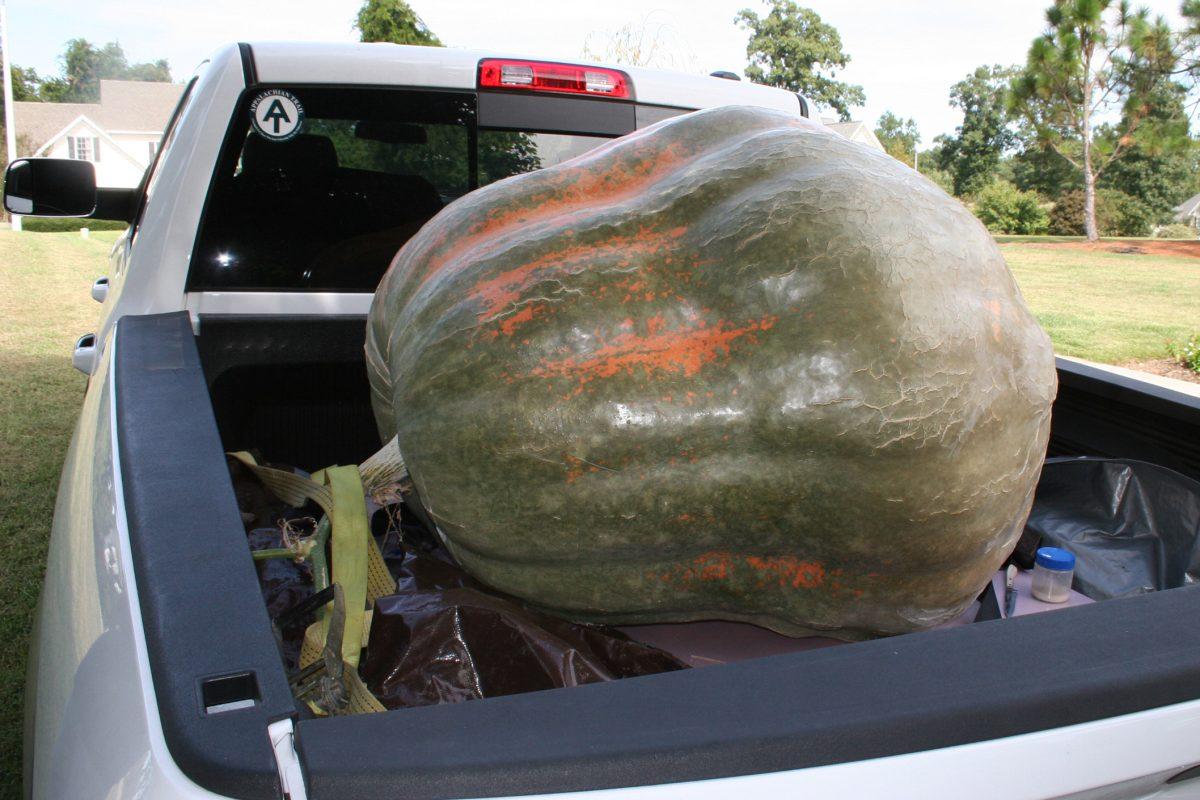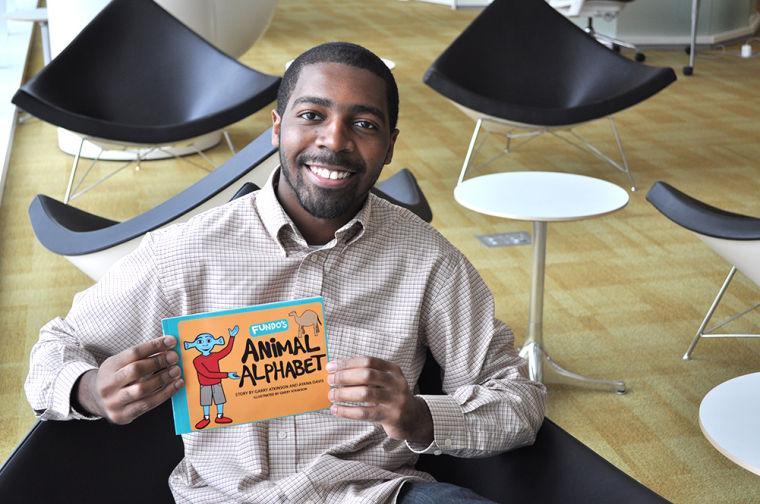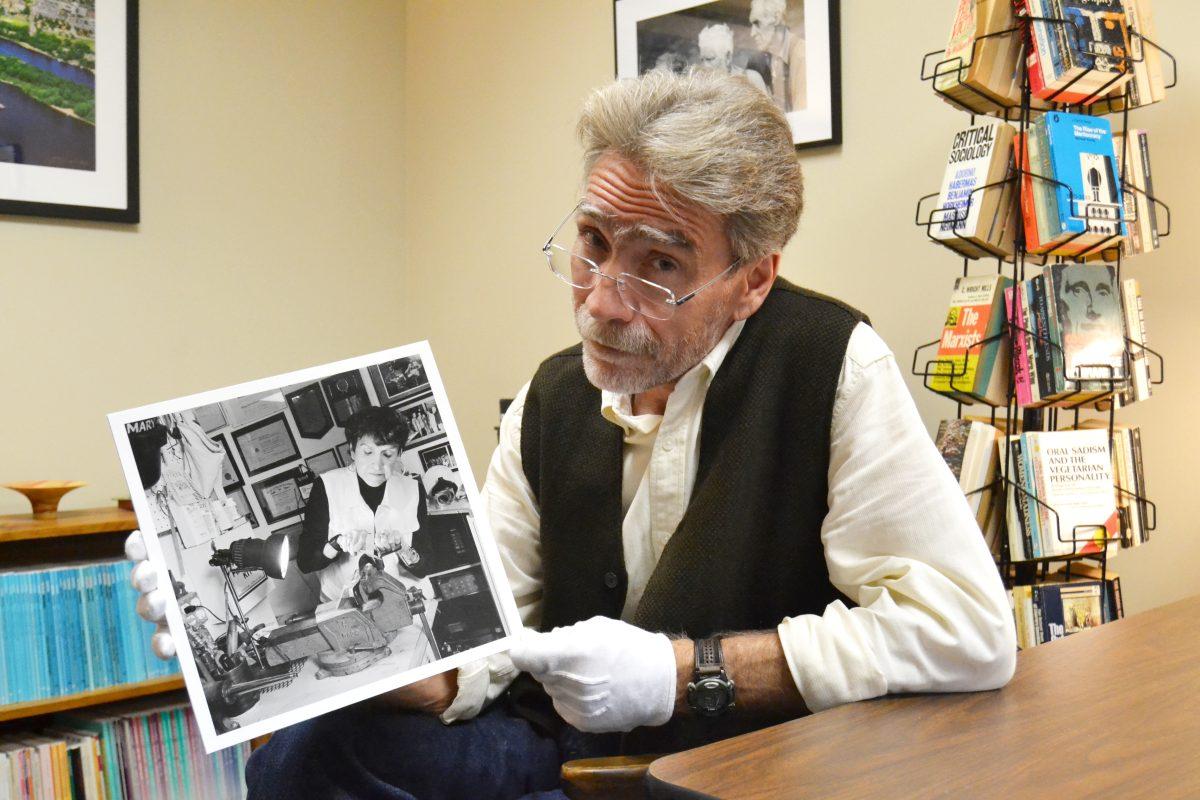No one likes to be pigeonholed.
However, African-American authors have been pigeonholed throughout history, according to English professor John Charles Williamson. And because of the way many students have come to understand African-American literature, many are still at risk of pigeonholing famous African-American authors.
The works of many well-known African-American authors such as James Baldwin, Richard Wright and Zora Neale Hurston have found their way into the curriculums of many high schools. However, it is easy for many to think these authors only wrote about the concerns of African-American life.
Even though he studied African-American literature for much of his time as a graduate student, Williamson said he did not discover the “white-life” genre — stories by African-Americans with white protagonists — until he began research on his dissertation.
Originally about mid-20th century African-American authors, his dissertation changed direction when he came across a reference to “white-life” novels written by authors hailed as major influences in African-American literature.
“[My research] started as a question: How is it that I had been studying African-American literature and this period and not known about these works?” Williamson said
Williamson’s research led him to publish a book in December titled Abandoning the Black Hero: Sympathy and Privacy in the Postwar African American White-Life Novel. Williamson said that as he got further in his research, he stumbled upon other questions and deep implications for present-day race relations.
In his book, Williamson addresses some of his questions, including why there was a great interest in the genre among African-American writers in the mid-20th century and whether white-life novels should be counted in African-American literary canon.
From the early to mid-20th century, bookstore owners categorized books written by African-American writers as “negro writing.” According to Williamson, this label also came with a certain set of expectations.
“African-American literature was supposed to mirror something true about black life, whereas white writers could write about art and [other topics]. They could do what artists do: create,” Williamson said. “It’s a sign of the privilege of ‘Whiteness.’”
These extra-literary assumptions many have of African-American literature, to be socio-political, are a burden for many African-American authors even today, Williamson said.
“I think a really important question is whether we are still asking black writers to be Negro writers instead of just writers. In other words . . . are we still perpetuating this idea that African-American writers can only be experts on black life?” Williamson said.
While many African-American writers embrace the socio-political analysis with which readers read their books, Williamson said readers should try to perceive African-American literature as nuanced and multi-dimensional as the authors who wrote them.
And many of them have a diverse catalog of work to show.
Many African-American writers in the mid-1900s had white-life novels in their catalogs, some that have what Williamson would consider very sympathetic views of white characters — even plantation owners.
“I argue that sympathetic views of these white characters give these authors what I call, ‘racial privacy’: the freedom to make their race private and just be writers,” Williamson said. “White writers didn’t have to worry about racial privacy because they could just write and do whatever they wanted to do. African-American artists have the right to be just artists and not racial representatives.”
As a professor of African-American literature, Williamson said his research also caused him to reconsider his role and the way he teaches his students.
“I’m participating in it. I’m teaching an African-American literature survey course right now,” Williamson said. “I’m teaching no white-life novels . . . . They’re all focused on black life. So it’s very easy to participate in this assumption.”
Williamson said his research serves as a reminder for him to remain aware of his own assumptions of the value of the literature he teaches and to avoid imposing inappropriate expectations on the literature.
“All marginalized groups have to deal with these extra-literary burdens,” Williamson said.
This may be unfortunate for both readers and writers because, as Williamson said, books are often an extension of the writer, an act of creating that transforms the writer, creating multi-dimensionality. And no one should be barred from that opportunity.




